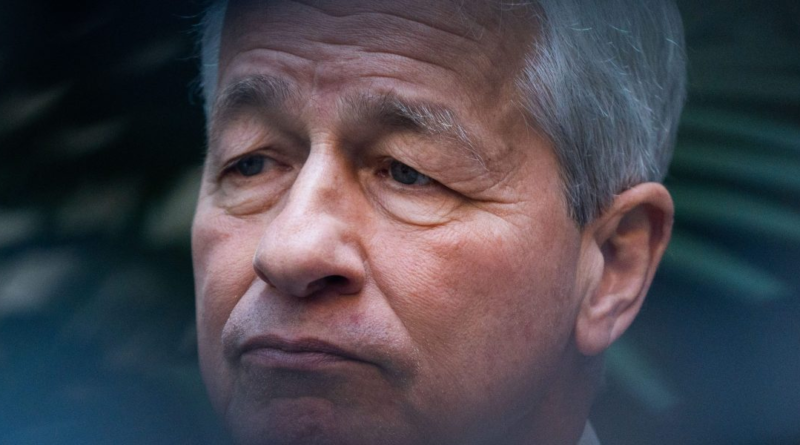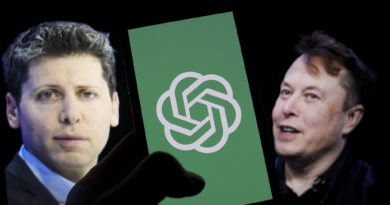'How can you tell me it won't lead to stagflation?' Jamie Dimon says 'extraordinary' government spending has him bracing for high inflation and unemployment
It seems JPMorgan CEO Jamie Dimon can’t see a way ahead for the U.S. economy that doesn’t end in stagflation.
It’s a warning Dimon has issued before, previously saying he fears America is headed for a repeat of the 1970s when everything “felt great” and then quickly about-turned to a period of high unemployment and inflation paired with low demand, also known as “stagflation.”
Appearing at AllianceBernstein’s Strategic Decisions conference on Wednesday, Dimon said he simply can’t see how the past five years of massive fiscal and monetary stimulus could result in anything other than this scenario.
Asked about the health of the banking sector more widely, Dimon said he and the JPMorgan team are “scenario planning” for both a hard and soft landing. The general consensus is the Federal Reserve will manage to engineer a soft landing, an economic slowdown that won’t end in a recession.
“If we have a soft landing and rates stay where they are, come down a little bit—which is what the world expects, everyone’s fine,” he said.
But the Wall Street veteran has long refused to be lulled into any sense of security, so he countered: “If you have a harder landing with stagflation you’re going to see a lot of stress and strain in the system from banks to leveraged companies to real estate to a whole bunch of stuff.”
“If things get worse it’s going to filter right through all those things and my view is the world’s just not ready for that,” he said.
Indeed, the general sentiment on Wall Street is that 2024 is in for another relatively smooth year. At a Goldman Sachs investment event attended by Fortune last week, a room of investors were asked where they were bullish, bearish, or neutral on the outlook ahead.
More than half—53%—said they were positive on the year ahead, while 39% were neutral. Less than 10% were bearish.
Dimon, who was paid $36 million for his work leading America’s biggest bank in 2023, isn’t so convinced.
“A lot of you in this audience have never seen rates at 6% on a 10-year bond,” the 68-year-old Wall Street veteran added. “I don’t know why you think it’s not possible. It is possible. I, for one, think the odds are much higher than other people think.”
It has indeed been more than two decades since bond yields dipped above 6%, but prior to the late 1990s this was practically normal.
The CEO who recently signaled his intention to leave the top job at JPMorgan within the next five years said he is, more widely, seeing banks preparing for a range of outcomes such as the base rate staying higher.
The outlook on rates is rapidly changing from the optimism Wall Street was basking in earlier this year. In May, Reuters surveyed more than 100 economists and found two-thirds now expect the first rate cut to come in September, whereas a month prior only half believed this would be the first cut. Likewise, the May survey found 11 economists forecast a cut in July and none said June—a month prior, those figures stood at 26 and four, respectively.
‘Extraordinary spending’
Dimon, who has led JPMorgan since 2006, has made no effort to hide his concerns over how the U.S. will repay its debts.
While economists argue, and Dimon may agree, that spending over the past five years has been necessary, the fact remains that America’s debt-to-GDP ratio currently stands at around 122%, per the St Louis Fed.
And it’s because of this spending that Dimon is so convinced a nasty “surprise,” stagflation, may come to pass.
“I’m not saying it’s going to happen, I just give the odds much higher than other people,” Dimon added. “I look at the amount of fiscal and monetary stimulus that has taken place over the last five years—it has been so extraordinary, how can you tell me it won’t lead to stagflation?”
“It might not,” he said. “But I, for one, am quite prepared for it.”



